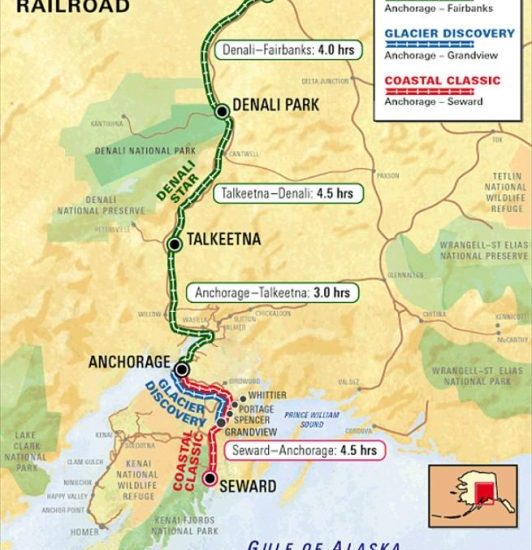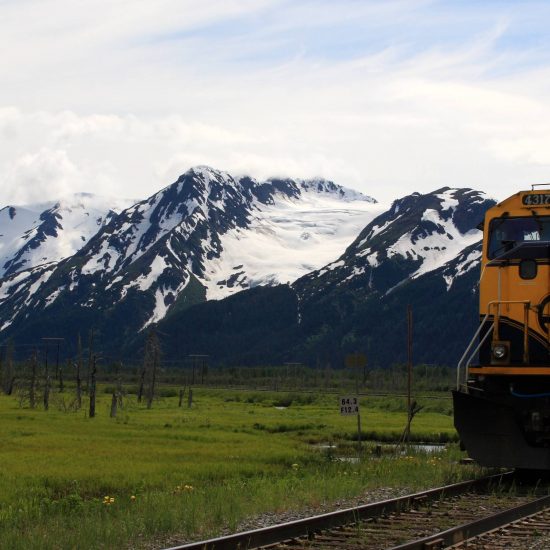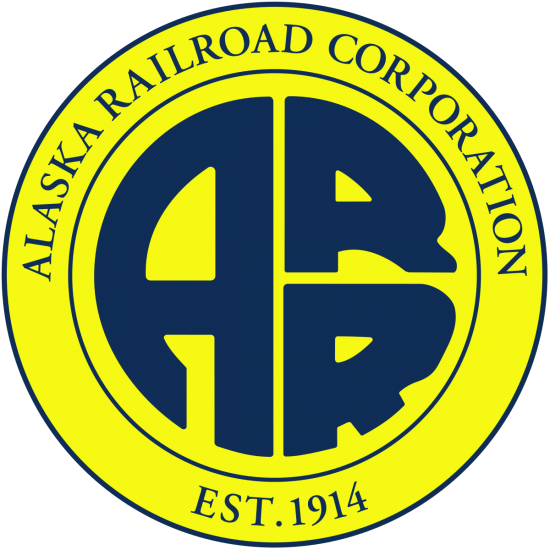
Before I begin, a few definitions are in order:
- Right of way – physical description rather than a set of property rights
- Fee simple – ownership. There can only one party with fee simple ownership, though other parties may have the right to use the property under a set of conditions normally referred to as an easement
- Exclusive use – one level of property rights that an easement holder may possess usually via statute or court action
As we previously discussed, there are at three Supreme Court (SCOTUS) opinions that define railroad rights of way as easements rather than fee simple / exclusive ownership. These cases are Rio Grande Western Ry. Co. v Stringham, 239 US 44 (1915), Great Northern Ry. Co. v United States, 315 US 362 (1942) and Brandt Revocable Trust v United States, 572 US 93 (2014).
Rio Grande split the baby in 1915, deciding that the 1875 Act did not convey a mere easement nor a fee simple absolute, but a limited fee. Essentially, the railroad claimed right of way through a mining claim and upon winning that on appeal claimed fee simple ownership of the right of way which it also won. Rio Grande appealed both to the SCOTUS, where they lost the first and got the second dismissed. Essentially, Rio Grande won a right of way and lost a bid for fee simple ownership.
Great Northern in 1942 was an attempt by the railroad to extract oil and minerals from its easement. In this case, the Court reversed part of Rio Grande, determining that the railroad right of way through public lands was an easement only, not a fee, and therefore grants no right to oil and minerals underlying the Right of Way.
Brandt in 2014 answered the question if the US retains an implied ownership interest in a right of way property after the underlying lands were granted private ownership. In this one, the Roberts Court said the language, history and administrative interpretation of the 1875 Act clearly granted an easement on the Railroad’s land, and not an enduring property interest. When the US granted the land to the Brandts, it did not reserve to itself any additional interest in the railroad property. When the railroad abandoned, the property, it was then allowed to be settled as an easement. When the easement was abandoned, easement disappears and the land reverted to its previous owner, in this case, the family Trust.
There are two more recent actions by the Bureau of Land Management (BLM) and the General Accounting Office (GAO) that are relevant.
The most recent is the 2015 Slaiby opinion out of Interior. In this case, a parcel of land was sold to AKRR. The railroad using their (incorrect) interpretation of the previously discussed Alaska Railroad Transfer Act (ARTA) fee simple ownership of their rights of way through Village Corporation lands applied it throughout the length of the system. In other words, both BLM and Interior accepted AKRR’s contention that the system-wide exclusive use easement existed, never considering the question of limitations to the claim that apply it only to Denali National Park or Village Corporation lands.
Facts of this transfer matter, as in the Slaiby case, actual property in Anchorage was sold to AKRR which AKRR chose to extend to claim an exclusive use easement system wide. While they may indeed own this type of easement on the purchased property, nothing in either federal law or any Supreme Court opinion extends this claim system-wide. This is not homestead land. It is this logic being used by AKRR as the basis for their lawsuit against Flying Crown.
The second is an analysis by the United States Railway Association entitled Valuation of the Alaska Railroad, Sept 1983. A search also pulled up a Nov 24, 1982 General Accounting Office (GAO) letter to Senator Metzenbaum that summarized the valuation document nicely. These were requested by Congress to determine valuation of AKRR before it was conveyed to the State of Alaska in 1982 Alaska Railroad Transfer Act (ARTA).
====================
A footnote in the REAL ESTATE ASSETS on pp 33 – 34 of the document (42 – 43 of the pdf version) states the following. Relevant portions of the valuation are in bold and underlined:
====================
* In some locations, the Railroad is presently earning income from easements or permits on operating property which do not interfere with rail operations. This income was considered in USRA’s continued operations valuation. As discussed later, the Railroad lacks clear title to much of the right-of-way so that it would no longer be entitled to income from such property upon conversion to alternate uses. As to right-of-way properties where the State will acquire clear title under ARTA, it was no considered feasible to attempt to ascribe any separate value to this potential income, since the highest and best alternative use might well either (1) preclude the continuance of the easement or permit or (2) result in the lessee, rather than the fee owner, collecting such easement or permit income.
====================
On pp 35 – 37 (44 – 46 of the pdf) of the valuation document the following is written about rights-of-ways:
====================
There is no definitive inventory available of exactly what constitutes the property of the Alaska Railroad. USRA compiled maps from the Railroad’s records to correspond with an inventory estimate which had been prepared by the Department of Transportation in 1981. Additional inventory information was contained in the 605(a) Report. However, despite the best efforts of all parties involved to assemble whatever inventory data are available, substantial questions still remain.
Most notable of these questions is the definition of exactly what rights will ultimately be conveyed to the State of Alaska. Depending on future adjudication or negotiation, there are many instances where the State may receive less than fee title to portions of the Alaska Railroad’s real estate, particularly its right-of-way. Exhibit 1 to the 605(a) Report summarizes existing claims against the property. According to that exhibit, prepared by the Anchorage office of the Bureau of Land Management, more than half of the Alaska Railroad’s right-of-way passes through lands which were patented to private parties or to the State without a specific reservation for the Railroad’s right-of-way. In a limited number of areas, mining claims have also been filed which are near to or encroach upon the right-or-way. Further, in other locations, ARTA provides that the State will only receive an “exclusive use easement” to certain portions of the right-of-way.
… Further, because clear title existed for very little of the right-of-way, Jackson-Cross was also instructed not to consider “corridor value” for the Alaska Railroad’s right-of-way in its alternate use determination.
Additionally, significant portions of the right-or-way, as well as certain parcels of land adjacent to or away from the right-of-way, are subject to claims under the Alaska Native Claims Settlement Act of 1971 (ANSCA) and the 1906 Allotment Act. These claims will not have been settled prior to the issuance of this report.
====================
Analysis: We have 3 SCOTUS opinions telling railroads what exclusive use fee simple rights of way are. We have the 1983 valuation document done by the GAO telling Congress that AKRR DOES NOT have exclusive use fee simple easement along the length of the system. Worse, the valuation was not able to determine who had rights to what before ARTA was passed.
There is a July 1982 Federal Court opinion IBLA 81-426 that affirmed the AKRR right of way as an easement. In this case, AKRR claimed their presence on the lands constituted ownership. They took issue with both the State of Alaska and BLM. Federal court determined they held an easement.
Finally, we have a mistake by BLM in Slaiby that extended exclusive use easement as defined in ARTA for Denali and Village Corporation lands the length of the entire system. For some reason, AKRR believes this mistaken decision by BLM and Interior take complete precedence over existing US Statute and SCOTUS Opinions.
It is this mistake upon which AKRR appears to be hanging their hat, hoping a Ninth Circuit federal judge will ignore 3 SCOTUS Opinions, past federal actions, case law, and rewrite federal law on the fly. They might. They might not. Either way, from here it looks like really thin gruel upon which to base attempted legal theft of property from your neighbors.
Next up, my view of the political ramifications of all this.
Alex Gimarc lives in Anchorage since retiring from the military in 1997. His interests include science and technology, environment, energy, economics, military affairs, fishing and disabilities policies. His weekly column “Interesting Items” is a summary of news stories with substantive Alaska-themed topics. He was a small business owner and Information Technology professional.








